Almost 22 years since the start of democratic changes, Bulgaria has finally got a museum featuring the strongly disputed era of communism. Following long and heated discussions with a lot of pros and cons, and with a major delay compared to other countries from the former Soviet Bloc, on Monday, 19 Sept., the Museum of Socialist Art opened doors in Sofia. The ambition of curators is to take us back to the totalitarian era by displaying works by some of Bulgaria’s leading proletarian artists instead of simple condemnation of this stage in the history of art. In this way the new museum in Sofia – unlike other such museums – has prioritized aesthetics rather that history and fact. 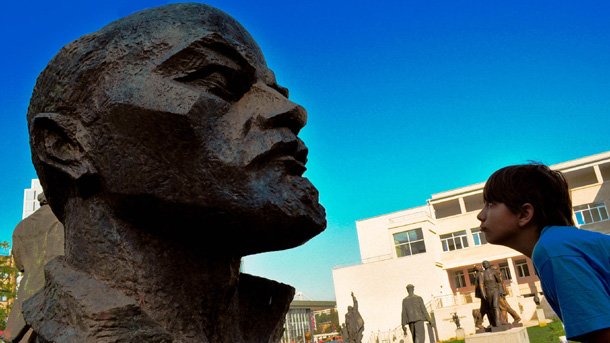
What is the aesthetic value of the monuments of renowned communist leaders that we come across arranged in the small but neat park outside the museum’s premises? This is largely a matter of individual judgment. Well, most predictably, the place is dominated by images of Comrade Lenin. Depending on the perspective of artists we can get a quite varied glimpse of the leader of the Bolshevik revolution: as a young guy, or at a more mature age, either sitting with a fist raised high, or daydreaming. Without doubt the most impressive monument of the dictator who was rather small in his lifetime, is his 45-ton effigy that until the start of democratic changes stood proudly in an open central square in Sofia. Now it has a humbler presence – in the new museum along with 77 other monuments of this kind. One of them is the 5-m silhouette of Bulgarian and international communist leader Georgi Dimitrov who used to be SG of the Comintern. There are also a few busts of Dimitar Blagoev, founder of the Bulgarian socialist movement and of Todor Zhivkov (the last and longest ruling communist chief) with part of his family etc. 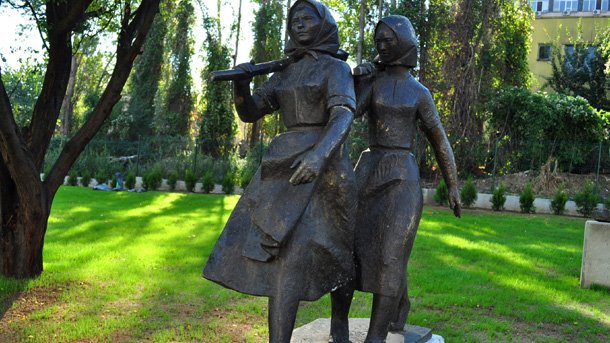
One can see here sculpture compositions featuring the lives of ordinary workers and peasants during communism. All of those sculptures emanate energy and enthusiasm, though some of them look rather grim. Works featuring the victims of fascism display inhuman violence, grief and indignation. Some of them are arranged indoors. The museum’s halls display 60 paintings and 25 top table figurines. To what extent proletarian artists abided by the canons of socialist realism and whether art is compatible with compromise – we find out with some help from art historian Bisera Yosifova, in charge of the Museum of Socialist Art. 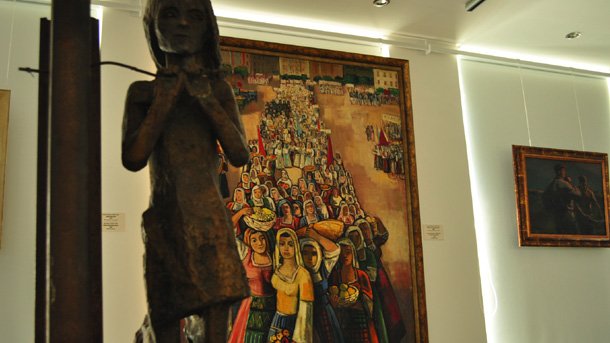
“Socialist art has existed since the emergence of the socialist ideas and many artists were in fact supporters of those ideas. This however does not automatically mean they were dependent on any sort of cruel censorship, on an imperative dictated by the regime. Where compromise is involved, art loses its aesthetic clout. We cannot possibly look for conformism in the works of people who were very talented and sincerely believed in a foremost idea of the time. They were the idealists of that time. They preached an ideology as believers. So, here, through works of art, we offer one way to interpret a whole era. I should say that the works on display will be periodically replaced.” 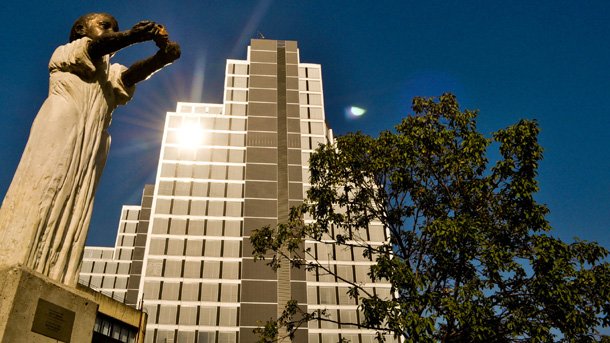
One of the attractions of the new Museum of Socialist Art in Sofia is the ruby colored pentacle perched on a two-meter pylon. In the past it adorned the Central Party House downtown Sofia and was perceived as a most laconic symbol of totalitarian power. 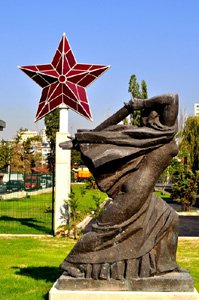 A special video hall in the museum will show a reel with documentaries of communist festive manifestations but also with the attempt to blow off the Mausoleum of Georgi Dimitrov, the arson of the Party House and other events from the last two decades. It also has a souvenir shop where from one can buy mementoes such as badges, postcards, T-shirts with communist symbols etc. Posters are the funniest among them because their slogans sound absurd today.
A special video hall in the museum will show a reel with documentaries of communist festive manifestations but also with the attempt to blow off the Mausoleum of Georgi Dimitrov, the arson of the Party House and other events from the last two decades. It also has a souvenir shop where from one can buy mementoes such as badges, postcards, T-shirts with communist symbols etc. Posters are the funniest among them because their slogans sound absurd today.
The idea is not to be too serious in going back to communism in Bulgaria. This is one way to take a healthy distance from that era and finally rethink this important part of Bulgaria’s modern history.
Translated by Daniela Konstantinova
Photos: Provided by Veneta Nikolova
The international culinary competition "Cupid's Spoon" will be held in Bulgaria for the third consecutive year. The culinary contest has a mission- to show that people with disabilities can successfully cope with everyday activities when given..
The Climate, Atmosphere and Research Institute at the Bulgarian Academy of Sciences (CAW RI-BAS) is organizing a conference and celebratory event dedicated to water – an invaluable natural resource, an irreplaceable component of all organisms..
More than 150 Trabants and other collector cars from the past will parade through the streets of Veliko Tarnovo today for the 14th edition of the Trabant Fest. For the first time, a restored 1928 car belonging to an owner from Pavlikeni will parade..
More than 150 Trabants and other collector cars from the past will parade through the streets of Veliko Tarnovo today for the 14th edition of the Trabant..
The Climate, Atmosphere and Research Institute at the Bulgarian Academy of Sciences (CAW RI-BAS) is organizing a conference and celebratory event..
The international culinary competition "Cupid's Spoon" will be held in Bulgaria for the third consecutive year. The culinary contest has a mission-..

+359 2 9336 661
